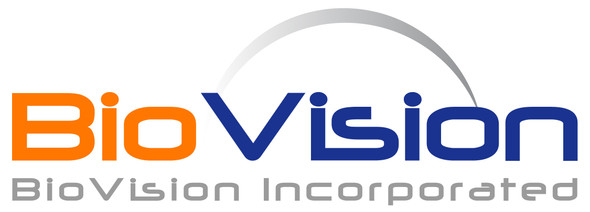Description
TNF-RII, human recombinant is available at Gentaur for Next week delivery.
An inhibitor of TNF
Biomolecule/Target: TNF-RII
Alternates names: Tumor necrosis factor receptor superfamily member 1B, Tumor necrosis factor receptor 2, Tumor necrosis factor receptor type II, p75, p80 TNF-α receptor, CD120b, Etanercept, TNF-R2, TNF-RII, TNFR-II, TNFRSF1B, TNFBR, TNFR2, TBPII, TNFR2, TNFR1B, TNFR80, TNF-R75, p75TNFR, TNF-R-II.
Synonyms: Tumor necrosis factor receptor superfamily member 1B, Tumor necrosis factor receptor 2, TNF-R2, Tumor necrosis factor receptor type II, TNF-RII, TNFR-II, p75, p80 TNF-alpha receptor, TNFRSF1B, TNFBR, TNFR2.
Background Information: TNFR2 belongs to the TNF-receptor superfamily. TNFR2 is receptor with high affinity for TNFSF2/TNF-alpha and approximately 5-fold lower affinity for homotrimeric TNFSF1/lymphotoxin-alpha. TNFR2 mediates the majority of the metabolic effects of TNF-alpha. In addition, knockout studies in mice propose a role for TNFR2 in protecting neurons from apoptosis by stimulating antioxidative pathways. TNFR2 expression might have a significant role in the angiogenesis, tumor cell proliferation and metastasis of Invasive micropapillary carcinoma of the breast. There are 2 types of soluble TNF receptors: sTNFR-I and sTNFR-II, which act to neutralize the biological activities of TNF alpha and TNF beta. The levels of these soluble receptors seem to increase as a result of shedding of the extracellular domains of the membrane bound receptors. High levels of soluble TNF receptors are found in the amniotic fluid of pregnant women. TNFR2 and TNFR1 form a heterocomplex which mediates the recruitment of 2 anti-apoptotic proteins, c-IAP1 and c-IAP2, which possess E3 ubiquitin ligase activity. IAPs’ function in TNF-receptor signaling is unknown; nevertheless, c-IAP1 is believed to potentiate TNF-induced apoptosis by the ubiquitination and degradation of TNF-receptor-associated factor 2, which mediates anti-apoptotic signals. Oxidative stress promotes TNFR1 and TNFR2 self-interaction, ligand-independent and enhanced ligand-dependent TNF signaling. TNF-a, TNFR1 and TNFR2 have roles in cellular differentiation. TNFR1 and TNFR2 function in cell type-specific renal injury.
Reconstitution Instructions: It is recommended to reconstitute the lyophilized TNFR2 in sterile 18M-cm H2O not less than 100 µg/ml, which can then be further diluted to other aqueous solutions.
NCBI Gene Symbol: TNFRII
Gene ID: 7133
NCBI Accession: P20333
Additional Information
Size: |
20 μg |
Country of Manufacturing Origin: |
USA |
Country of Animal Origin: |
USA |
Gene Source: |
Human |
Recombinant: |
Yes |
Source: |
E. coli |
Purity by SDS-PAGE: |
≥97% |
Assay: |
SDS-PAGE |
Purity: |
N/A |
Assay 2: |
HPLC |
Endotoxin Level: |
<0.1 ng/μg |
Activity (Specifications/test method): |
N/A |
Biological activity: |
The ED50 as determined by its ability to inhibit the TNF-a mediated cytotoxicity in the L-929 cells is less than 0.2 µg/ml, corresponding to a specific activity of > 5000 IU/mg in the presence of 0.25 ng/mL of rHuTNF-a. |
Results: |
The ED50 as determined by its ability to inhibit the TNF-a mediated cytotoxicity in the L-929 cells is less than 0.2 µg/ml, corresponding to a specific activity of > 5000 IU/mg in the presence of 0.25 ng/mL of rHuTNF-a. |
Molecular Weight: |
20.0 kDa |
Storage Temperature: |
-20°C |
Shelf Life: |
12 months |
Concentration: |
N/A |
Appearance: |
Lyophilized protein |
Handling: |
Centrifuge the vial prior to opening. |






